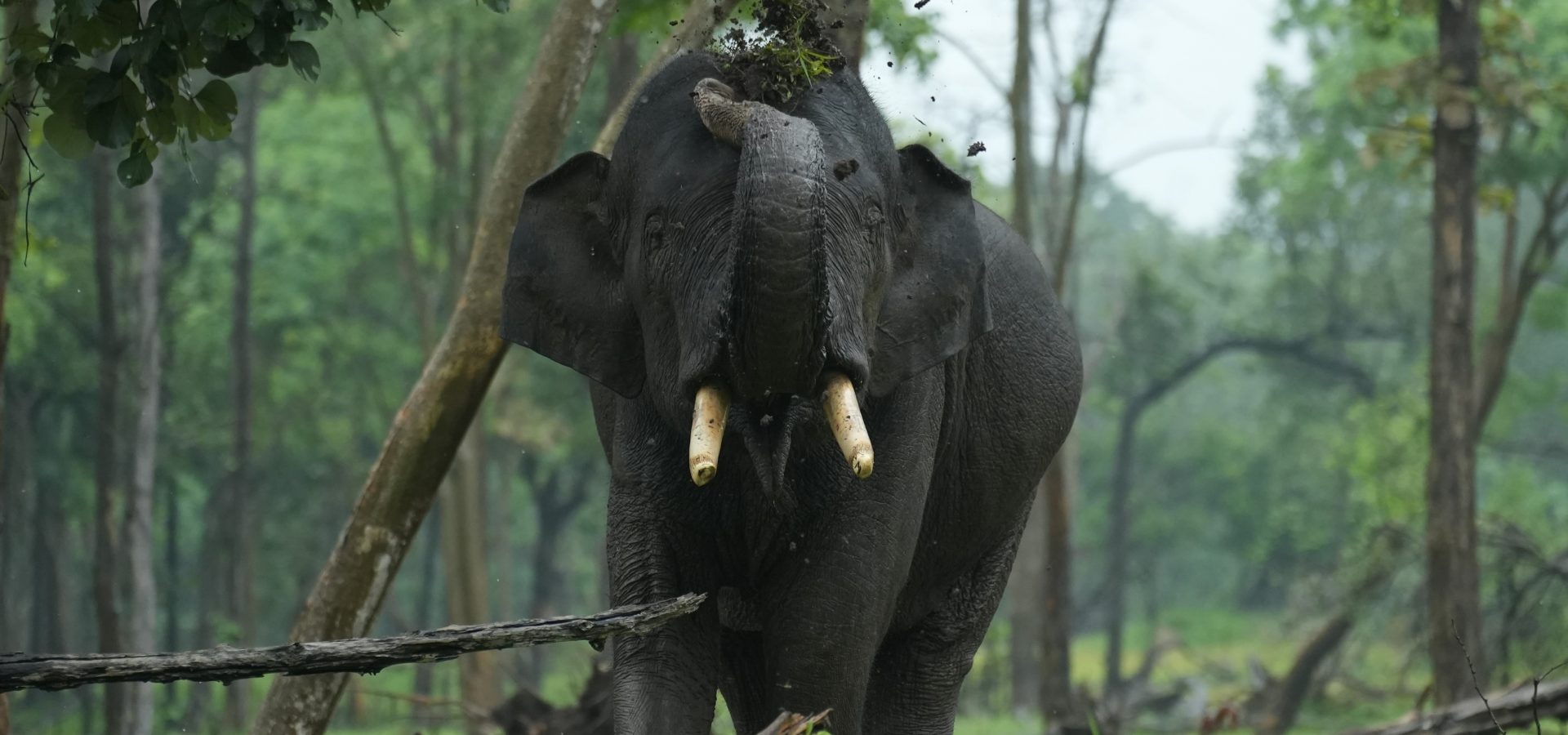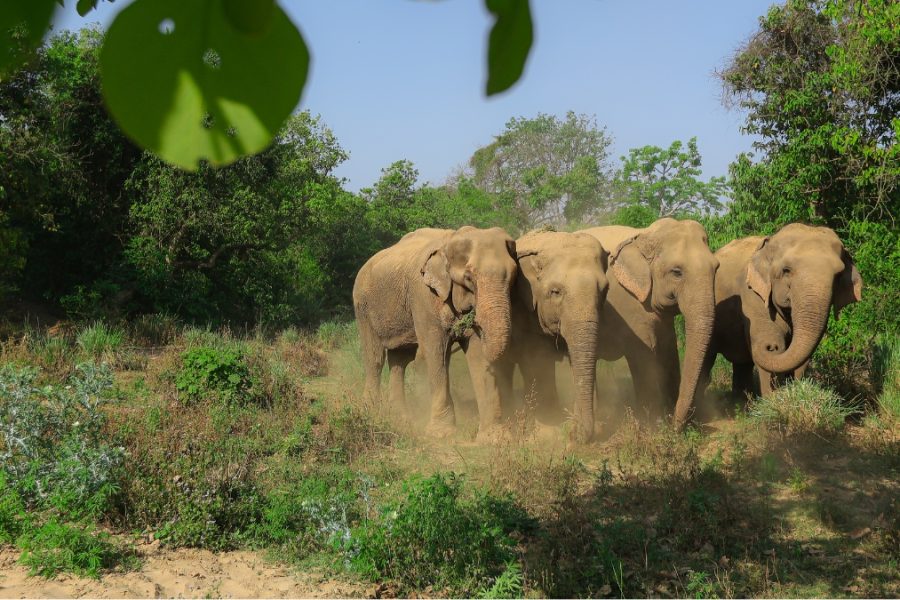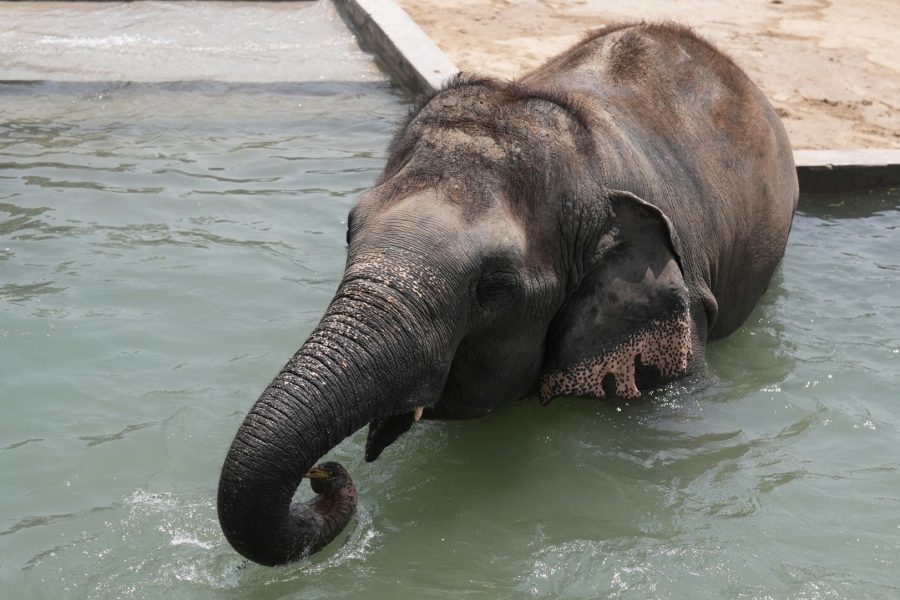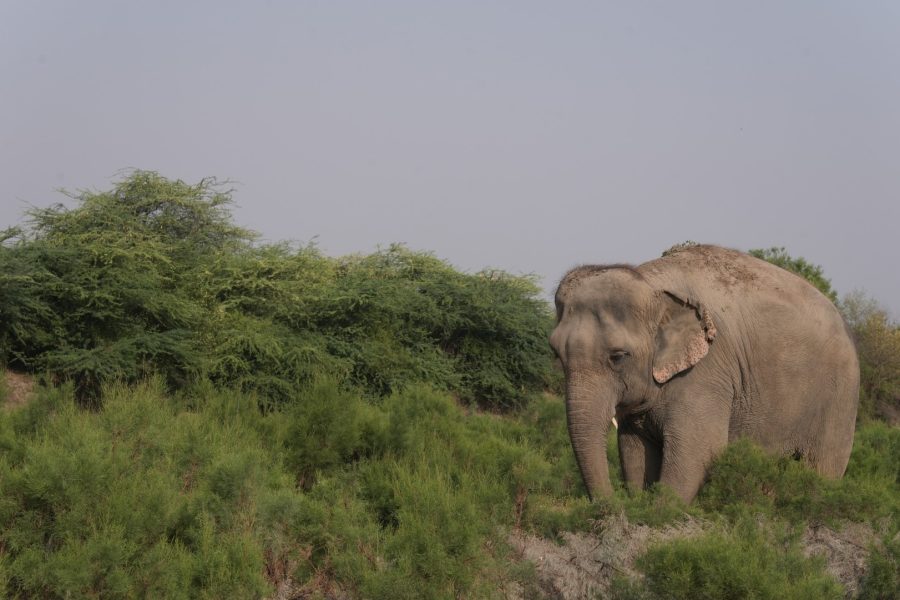The conservation of global biodiversity is currently in jeopardy primarily due to the loss, destruction, and fragmentation of natural ecosystems. Driven by the demands of a growing economy and an expanding human population, the Asian elephant, known scientifically as Elephas maximus, is facing a grave threat to its existence. The proliferation of human settlements, commercial plantations, industrialisation, agriculture, mining, and linear infrastructures has constricted the movements of these far-ranging creatures, posing a threat to their survival.

These majestic creatures, celebrated for their expansive territories and unique dietary needs, are crucial for maintaining ecological balance. Relying on vast territories for their survival, Asian elephants are among the most severely impacted animals by the unfolding changes in land use. This has led to an escalation in human-elephant conflicts in various parts of the country. A crucial strategy in mitigating human-elephant conflict is the maintenance of elephant corridors. To ensure larger habitat availability that would not only facilitate their wild populations to expand across herds, but also minimise human-elephant conflicts, conservation of these corridors is critical.
Asian Elephants In Peril
Once freely roaming across a large expanse from West Asia to Southeast Asia, the habitat range of the Asian elephant has dramatically dwindled. At present, their distribution is limited to a few countries, with India being one of the key regions. According to the 2017 Elephant Census, India is home to an estimated wild Asian elephant population of around 27,312 spread across 29 elephant reserves, encompassing 11 elephant landscapes across 14 states. Throughout their distribution range in India, the conservation of the endangered Asian elephant is under serious threat due to the loss and fragmentation of habitats. The pressures from an ever-expanding human populace, evolving lifestyles, and the consequential expansion of agricultural and developmental activities have all contributed to this predicament.
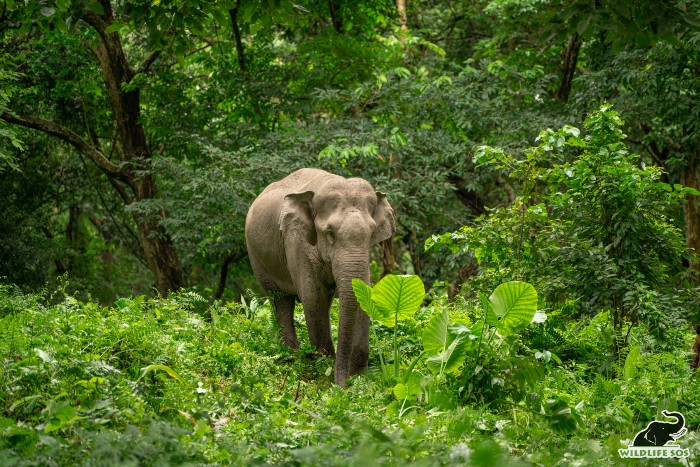
What is an Elephant Corridor?
Elephant corridors are narrow and often linear passageways that enable an elephant to move across suitable and secure natural habitats. Due to the long-ranging nature of Asian elephants, they have an extensive nutritional requirement necessitating connectivity to suitable habitats. Additionally, the population biology and genetics of the species warrant unimpeded gene flow across populations for long-term viability of the species. In the fragmented landscapes of most elephant habitats in Asia today, corridors play a pivotal role in meeting nutritional, demographic, and genetic needs. These corridors are often surrounded by human settlements, which can lead to human-elephant conflicts when elephants traverse through these areas.
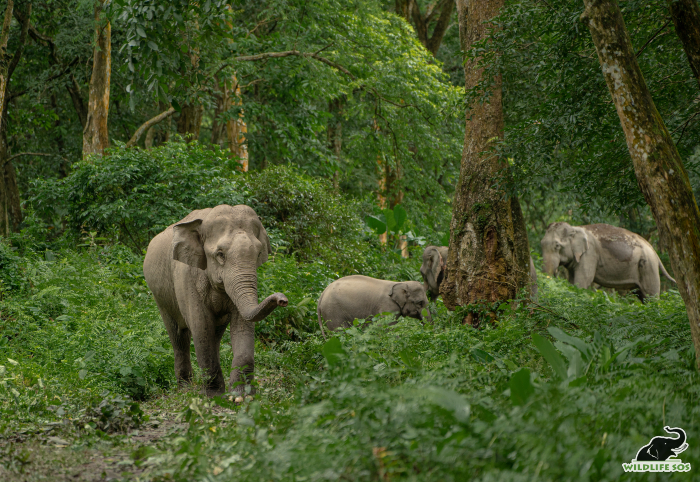
Why Are Elephant Corridors Important?
As megaherbivores with their vast territories and significant food requirements, elephants have been adversely affected by habitat alteration and the loss of habitat connectivity. The fragmented nature of the Indian landscape and rising population have increased human-elephant conflicts in most parts of the country. According to a report by Wildlife Trust of India, on average, about 400 to 450 people lose their lives annually due to such conflicts in our country, and approximately 100 elephants are killed in retaliation for the damage they cause to human life and property.

According to this report published in 2017, in India, a minimum of 101 elephant corridors were identified as currently in use, and seven previously identified corridors had been classified as impaired over the decade of the study. The significance of these corridors lies in the fact that 69.3% of them are regularly used by elephants, either throughout the year or seasonally, and 24.7% are used occasionally. Many of these corridors are of high ecological importance, as they facilitate elephant movement and help to sustain a healthy population of these mammals. However, there has been an alarming increase in the fragmentation of habitats, with only 22.8% of corridors measuring one kilometre or less in length in 2017 compared to 28.5% in 2005.
Methods To Safeguard Elephant Corridors
To ensure the protection and preservation of elephant corridors, legal safeguards are essential to prevent further habitat fragmentation and an increase in human-elephant conflicts. State governments can take the lead in demarcating and designating these corridors as State Elephant Corridors, thereby subjecting them to legal protection under relevant laws such as the Wild Life (Protection) Act, 1972, and the Environment Protection Act. In addition, it is necessary to engage with local communities and governments to reduce local dependency on corridor land, potentially transforming them into Village Reserve Forests or Community Reserves.

Furthermore, infrastructure development in elephant habitats can be planned with the active involvement of various stakeholders to prevent further fragmentation and degradation, which could lead to increased human-elephant conflict.
Tracking Elephant Movements To Mitigate Conflict
As the traditional migratory routes and elephant corridors get obstructed, elephants have increasingly come into conflict with farmers in search of food and water, leading to crop-raiding incidents. To mitigate the growing human-elephant conflict, Wildlife SOS in collaboration with the Chhattisgarh Forest Department initiated the Wild Elephant Project within the state. Historically, Chhattisgarh’s forests provided ample space for elephants to roam freely without encroaching on human settlements. Since 2005-06, rapid deforestation and coal mining, urbanisation, deforestation, and the expansion of agricultural lands have significantly reduced the natural habitats of the elephants and has contributed to the shrinkage of elephant corridors.

The project, which began in the year 2017, aimed to track the movements of elephant herds as a measure to reduce the ongoing conflict in the state. To achieve this, the team established an Early Warning System (EWS) in areas frequented by elephants within the state. This was done using radio collars and telemetry to track the movements of elephant herds, and became an essential technology-driven method to prevent crises. By radio-collaring the matriarch of the herd, it was possible to determine the location of the herd and know whether or not it was approaching human settlements. Gaining knowledge on the herd’s possible route assisted in raising timely alerts in the village. This way, EWS has lessened unforeseen encounters in conflict-prone areas.

No wildlife conflict can be solved without community participation. In conflict-ridden areas, villagers need to be made aware of elephant behaviour and adequate training and tools must be provided to help them deal with conflict situations. Wildlife SOS, in collaboration with Chhattisgarh Forest Department regularly conducts workshops with locals to train them in mitigation strategies and make them active participants of the solution. The workshops are conducted by researchers and biologists at Wildlife SOS with the guidance of the forest department, and members of Hathi Mitra Dal (Friends of Elephants). Hathi Mitra Dal, a great example of community participation, consists of community members who have the responsibility of ensuring that villagers are made aware of elephant movement when an alert is raised through EWS. Villagers are made aware of this and take necessary precautions to not come in direct interaction with the herd.
The survival of Asian elephants in India is at a critical crossroads. The loss and fragmentation of their natural habitats, combined with the growing challenge of human-elephant conflicts, present formidable obstacles to their conservation. Urgent action is needed to secure the future of Asian elephants in India. Legal protections, community engagement, awareness campaigns, and mitigation measures are all crucial components of a comprehensive conservation strategy. By preserving and expanding elephant corridors, we can safeguard not only the Asian elephants, but also the rich biodiversity of the Indian subcontinent. The time to act is now.
To support our ongoing efforts to mitigate human-wildlife conflict, consider making a donation.

